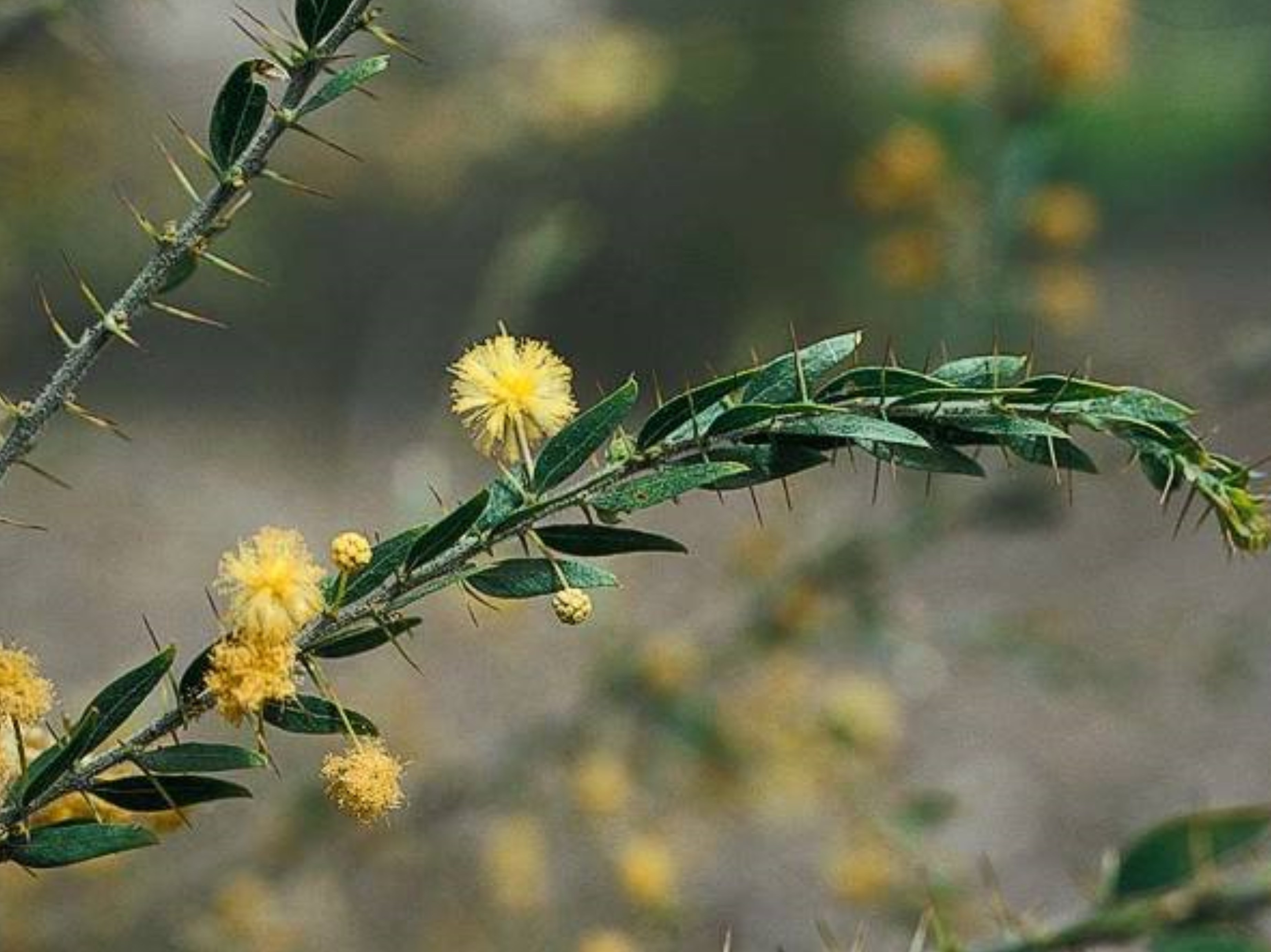Created by: Elizabeth D. Brusati
Created on: Monday, Jan 25th, 2016
Created on: Monday, Jan 25th, 2016
Yes or No:
Yes
Points:
1
Confidence Level:
Very High
Answer / Justification:
Present in 11 California counties. Naturalized in South Africa. Also naturalized in Australia outside its native range there. No other locations listed by USDA GRIN.
Reference(s):
Yes or No:
Yes
Points:
2
Confidence Level:
Very High
Answer / Justification:
Naturalized in 11 counties in California and in South Africa.
Reference(s):
Yes or No:
Yes
Points:
2
Confidence Level:
High
Answer / Justification:
Invasive in Tasmania and Western Australia but might really be native to SW Western Australia.(Native to southern and eastern Australia.) Also becoming a problem in the Cape region of South Africa, although populations are small and not spreading much. Forms locally dense stands.
Reference(s):
Yes or No:
Yes
Points:
3
Confidence Level:
High
Answer / Justification:
Considered an environmental weed in Tasmania and Western Australia (although may be native to SW Western Australia). Also becoming a problem in the Cape region of South Africa, although populations are small and not spreading much. Forms locally dense stands. Large portions of these areas match California, according to Cal-IPC's climate map, so yes.
Reference(s):
Yes or No:
Yes
Points:
1
Confidence Level:
Very High
Answer / Justification:
Acacia dealbata and A. melanoxylon are listed on Cal-IPC Inventory as invasive in California.
Reference(s):
Yes or No:
Yes
Points:
2
Confidence Level:
High
Answer / Justification:
The Australian native and naturalized locations are clustered in areas that mostly match California, according to Cal-IPC's climate map. Map of Australian locations: http://avh.ala.org.au/occurrences/search?taxa=acacia+paradox#tab_mapView. (No entry in GBIF for this species or its synonyms.)
Reference(s):
Yes or No:
Yes
Points:
1
Confidence Level:
High
Answer / Justification:
Can become dominant in some areas of Australia because thorny stems prevent grazing by livestock. In South Africa, at a local has formed thick stands of up to 20 plants per square m.
Reference(s):
Yes or No:
No
Points:
0
Confidence Level:
Medium
Answer / Justification:
Listed as a "fire risky" plant to avoid in landscaping in Australia, but no information on whether it changes fire regimes.
Reference(s):
Yes or No:
Yes
Points:
1
Confidence Level:
High
Answer / Justification:
Can be a problem in grazing areas in Australia because livestock will not graze the thorny stems and therefore the plant becomes dominant. As a tall woody species, its spines could also be a health hazard to humans or animals.
Reference(s):
Yes or No:
Yes
Points:
1
Confidence Level:
High
Answer / Justification:
In South Africa, at a local scale it has formed thick stands of up to 20 plants per square m. Has formed dense stands in Australia. Answering yes based on thick stands and the fact that it's a fairly tall, woody species with spines.
Reference(s):
Yes or No:
No
Points:
0
Confidence Level:
High
Answer / Justification:
Weeds of California mentions that black acacia produces suckers but does not mention this method of reproduction for Acacia paradoxa.
Reference(s):
Yes or No:
No
Points:
0
Confidence Level:
High
Answer / Justification:
No indication that it would be capable of this.
Reference(s):
Yes or No:
Yes
Points:
1
Confidence Level:
Very High
Answer / Justification:
Yes
Reference(s):
Yes or No:
No
Points:
0
Confidence Level:
High
Answer / Justification:
Mean firm seed production per plant for A. paradoxa calculated at 58.
Reference(s):
Yes or No:
No
Points:
0
Confidence Level:
High
Answer / Justification:
Seeds are hard coated and require degradation or scarification to germinate.
Reference(s):
Yes or No:
Yes
Points:
1
Confidence Level:
Very High
Answer / Justification:
Produces seed at an early age.
Reference(s):
Yes or No:
Yes
Points:
1
Confidence Level:
Medium
Answer / Justification:
Flowers for 3 months. Flowers February - April in California so I am extrapolating that to seed production.
Reference(s):
Yes or No:
No
Points:
0
Confidence Level:
Medium
Answer / Justification:
Pods and seeds not typically used by native wildlife. (However, in Australia, most species of acacia are bird or ant-dispersed.)
Reference(s):
Yes or No:
Yes
Points:
1
Confidence Level:
Very High
Answer / Justification:
Can be dispersed long distances by water.
Reference(s):
Yes or No:
Yes
Points:
1
Confidence Level:
Very High
Answer / Justification:
Can be dispersed by human activities.
Reference(s):
Queensland factsheet:http://keyserver.lucidcentral.org/weeds/data/03030800-0b07-490a-8d04-0605030c0f01/media/Html/Acacia_paradoxa.htm
Reviewed by Steve Schoenig, CA Dept. of Fish and Wildlife and CA Dept. of Agriculture (retired) and Eric Wrubel, National Park Service
- < 13 : accept (low risk of invasiveness)
- 13 - 15 : evaluate further
- > 15 : reject (high risk of invasiveness)
PRE Score:
19
Number of questions answered:
20
Screener Confidence (%):
84.0
Organization:
Evaluation visibility:
Public - accessible to all site users

